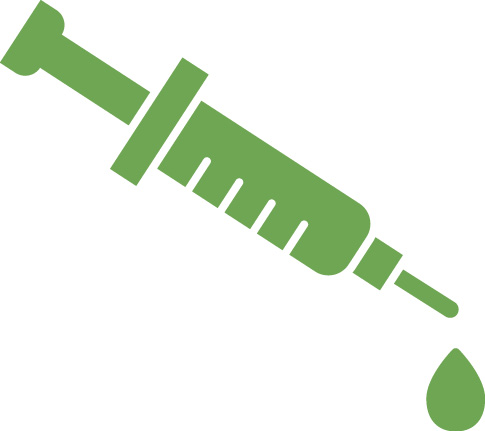African Swine Fever. A Didactic Approach
African Swine Fever (ASF) is one of the most complex swine diseases affecting domestic pigs and wild suids, and the biggest challenge for the swine sector globally. Due to its important economic and health implications, it is on the list of notifiable diseases of the World Organisation for Animal Health (WOAH).
The aetiological agent is the ASF virus (ASFV), a large, enveloped double-stranded DNA virus, which is the only member of the Asfarviridae family. The ASFVs have been classified into 24 different genotypes based on the sequence of the C-terminal endo of the B646L gene, which encodes the capsid protein p72.
In the recent years, there have been an extensive spread of the disease.


ASF epidemiology is very complex, with different hosts and different scenarios and sub- scenarios. In contrast to what has been observed in non-EU European countries (i.e., the Russian Federation or Ukraine), in the EU scenario, the wild boar is the most severely affected host, responsible of the 89% of the notifications, whereas the sporadic outbreaks in domestic pigs have been efficiently controlled preventing extensive secondary spread.
The EU has developed an ASF Strategy and a solid legislative framework to help control and eradicate ASF, including specific regionalisation measures which are focused on control measures and prevention of the spread of the disease (to protect disease free areas in the EU) requiring hunters’ cooperation among other things. This is based on science as provided by European Food Safety Authority (EFSA).

Vaccination could help in those scenarios where control of the disease is not feasible, avoiding viral spread and maintenance. However, a good vaccine is not currently available. Two recombinant virus live vaccines (LAVs) were recently registered and in use in Vietnam. These vaccines do not have serological DIVA characteristics (differentiating between infected and vaccinated animals). Because of the lack of a serological DIVA test, there is a concern about the lack of information on the vaccination programs in use, and their application, with safety problems detected in some regions. Therefore, researchers around the world continue to work towards a safer DIVA vaccine with the ability to cross-protect circulating viruses in different regions and continents.
